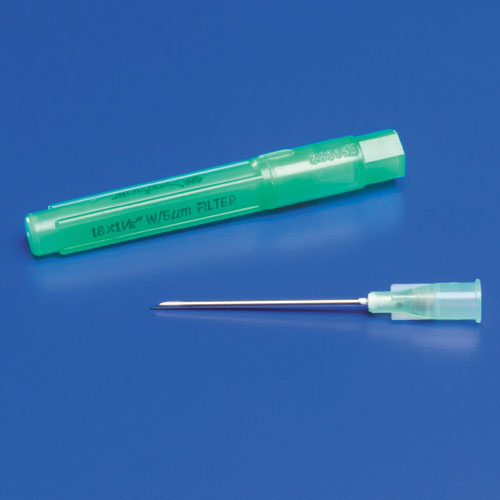- Joined
- Apr 22, 2007
- Messages
- 22,315
- Reaction score
- 8,963
Today, more women are presenting with tattoos over their lumbar area. In the past these tattoos were avoidable by going to a non pigmented interspace. But, those days girls from 18-25 seem to have large tattoos and more than one tattoo. In my day as a Resident I never saw even one large lumbar tattoo (a small Rose on the ankle was it).
Times have changed (and I'm a dinosaur and don't like them so I have adapted my technique. Still, I'm getting women wth a tattoo covering the entire lumbar area from L1-S1 where even a paramedian technique won't solve the problem.
Any of you worried about sticking a needle through these tattoos? How about one of you Ob people doing a study on 100 patients followed over a few months?
I'm sticking these women through their tattoos when no other non pigmented areas are available rather than deny the patient the neuraxial technique.
Times have changed (and I'm a dinosaur and don't like them so I have adapted my technique. Still, I'm getting women wth a tattoo covering the entire lumbar area from L1-S1 where even a paramedian technique won't solve the problem.
Any of you worried about sticking a needle through these tattoos? How about one of you Ob people doing a study on 100 patients followed over a few months?
I'm sticking these women through their tattoos when no other non pigmented areas are available rather than deny the patient the neuraxial technique.


